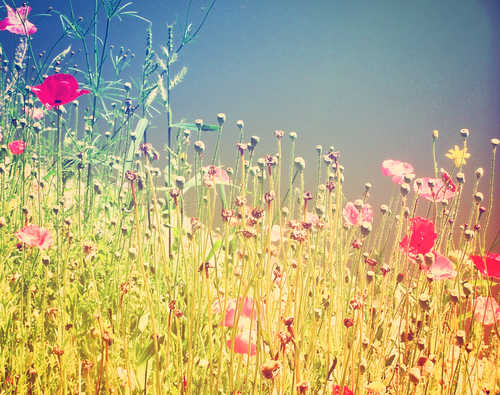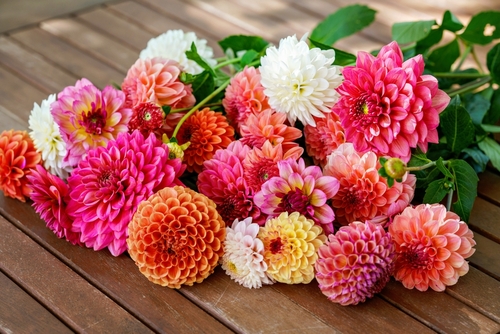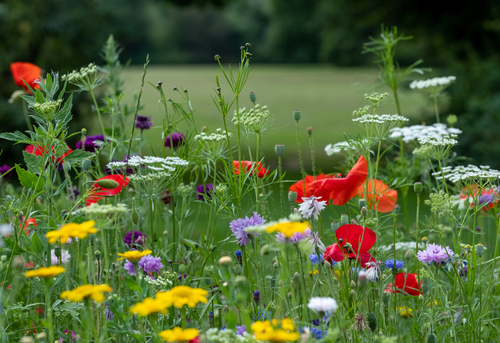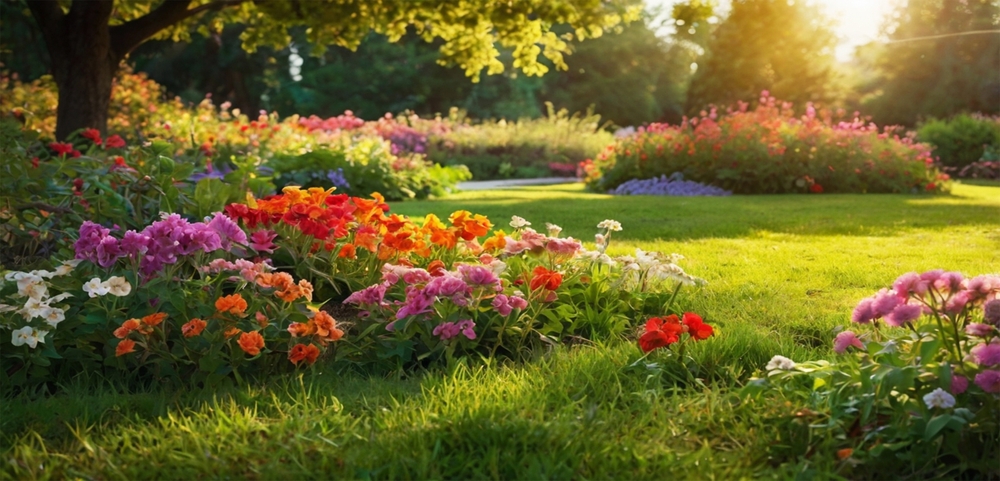Spring is in full bloom and making way for the warm summer months to come.
Many of us are planning and preparing our summer gardens, and it is of vital importance to consider the pollinators that we can attract. These creatures are crucial for the survival of ecosystems and food production, so we want to do all we can to support them.
Below, gardening expert Fiona Jenkins at MyJobQuote.co.uk explains the very best pollinating plants to add to your garden and make it a sanctuary for bees, butterflies, and more!
Aster
Asters are popular plants which are well-known for the range of late-season pops of colour that they bring to a garden. These daisy-like perennials with starry-shaped flower heads range in colour from white to blue to purple and look wonderful in any mixed border or as a solo display, bringing a quaint cottage feel.

Asters flower until frost hits, and they are often considered the best flower for attracting a range of pollinating insects. Bees are highly attracted to aster when they are in bloom, and the flowers are a great source of nectar during late summer and early autumn when most other plants have passed their annual bloom.
Foxglove
Foxglove is a common and popular garden plant in the UK. They produce a spike of stunning purple-pink flowers over the summer to early autumn months and can grow up to 2m tall. They are commonly found in heathland and woodland edges as well as make a beautiful addition to a summer garden.
Foxgloves bloom in late spring to summer and can easily be grown from seed. Once planted, they will self-seed in shaded areas of your garden, which will ensure a steady supply of pollen and nectar for bees and other pollinators during the early summer months.
Dahlia
The dahlia is a tuberous perennial plant native to Mexico, Central America, and northern South America. The compound flowers come in a range of colours, including white, yellow, red, or purple. They are perfect for creating a beautiful garden border and are also popular as cut flowers.

Dahlias are a big attraction for bees due to their characteristic flowers, which have a long spike of petals that look like honeycombs. As bees travel from bloom to bloom, they collect valuable pollen and nectar, so dahlias are a great part of their diet.
Crocus
Crocus is a genus of about 75 low-growing species of plants in the iris family. They are native to the Alps, Southern Europe, and the Mediterranean area and are widely grown for their cup-like blooms in early spring or autumn. They offer a touch of joy in borders, seasonal containers, or planted in lawns to add colour.

Crocus flowers bloom in autumn or early spring and provide nectar and pollen for various bee species, including the honey bee. They are especially attractive when placed in large clusters. The flowers of these plants can be a great source of shelter as well as pollen, as, during the night, the petals will close around nesting bees.
Lavender
Belonging to the mint family, lavender is a fragrant perennial herb native to countries bordering the Mediterranean but is common in many UK gardens. They are well-known for their beautiful purple flowers and aromatic leaves, widely used in gardens, cooking, and essential oil production.
Lavender is a natural source of pollen, which is critical for the health and survival of bees. Bees are naturally drawn to the purple colour of lavender, the beautiful fragrance it gives off, and the nectar it provides – making it an ideal choice for attracting pollinators.
Poppy
The poppy is a flowering plant mostly found in the Northern Hemisphere, and several species are widely cultivated as decorative garden flowers. These often short-lived perennial plants can grow to over a meter tall with flowers up to 15cm across.

Although poppy flowers may not last long, annual poppies are easy to grow from seed, add colour to a garden and are loved by bees. They have many hair filaments and anthers, which make the pollen easily accessible to bees, and they contain very few fungi or mycotoxins.
Primrose
Primrose is a small, perennial woodland plant which typically flowers from December through to May. These cheerful, robust plants provide a splash of colour to a garden in the early months of the year and are frequently used as temporary bedding or in seasonal containers and window boxes.
Early bumblebees love these beautiful spring flowers. The fragile petals will not support the larger queen bees, but worker bees and hairy-footed flower bees will seek out their nectar-filled centres, which provide them with an excellent source of protein.
Marigold
Marigolds are a group of about 50 species of annual herbs native to southwestern North America and tropical America. They are known for their vibrant flowers, which come in shades of orange, yellow, and red, and are popular in gardens for their attractive blooms and strong-scented leaves.
Marigolds bloom from late spring and are great at attracting pollinators. The main reason for this is their bright colours, as many flowers that are bright in colour are attractive to pollinators, whether it’s the bright yellows and oranges of marigolds or the red of cosmos. Bright colours are sure to get the attention of creatures around them.
Final Thoughts
Pollination is vital for plant reproduction, biodiversity, and food production. By planting these flowers in your garden, you will be doing a big service for the health of ecosystems and human survival, as well as surrounding yourself with an array of beautiful colours and fragrances!





